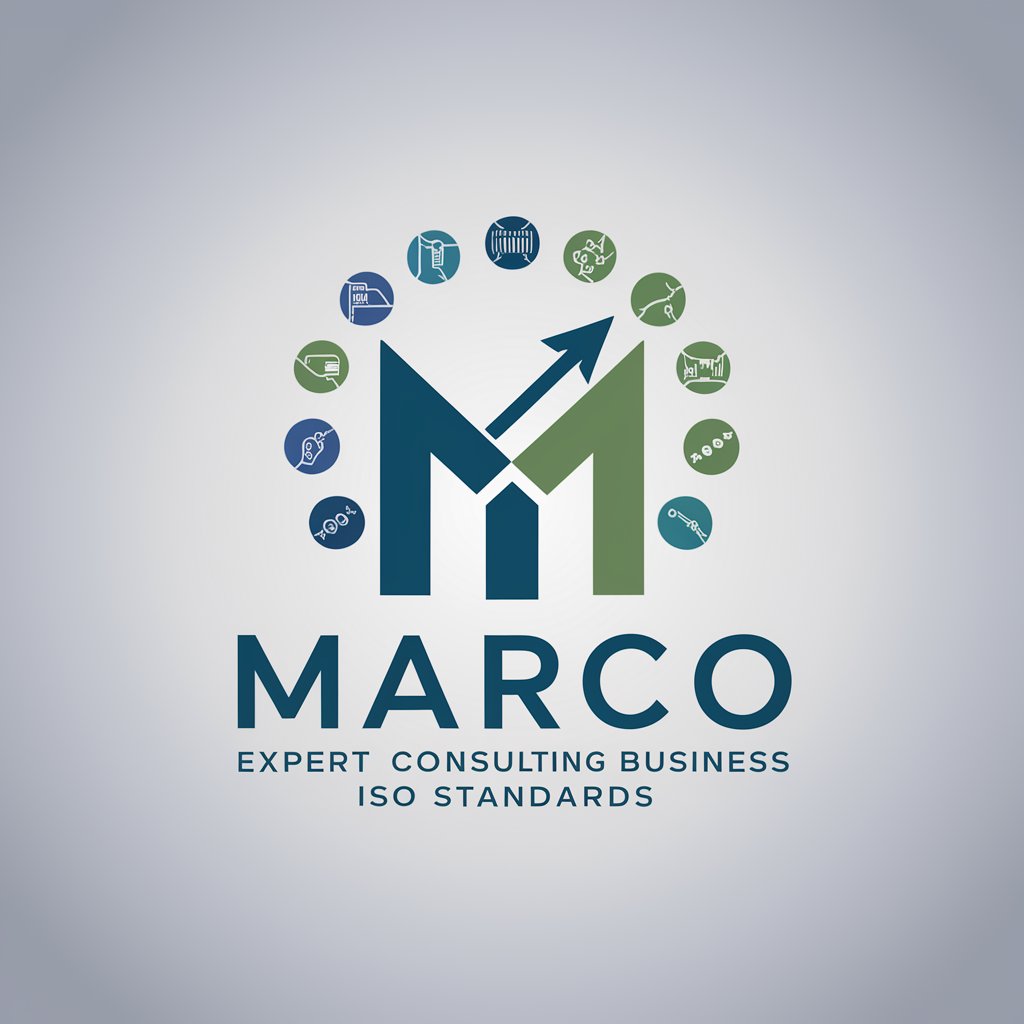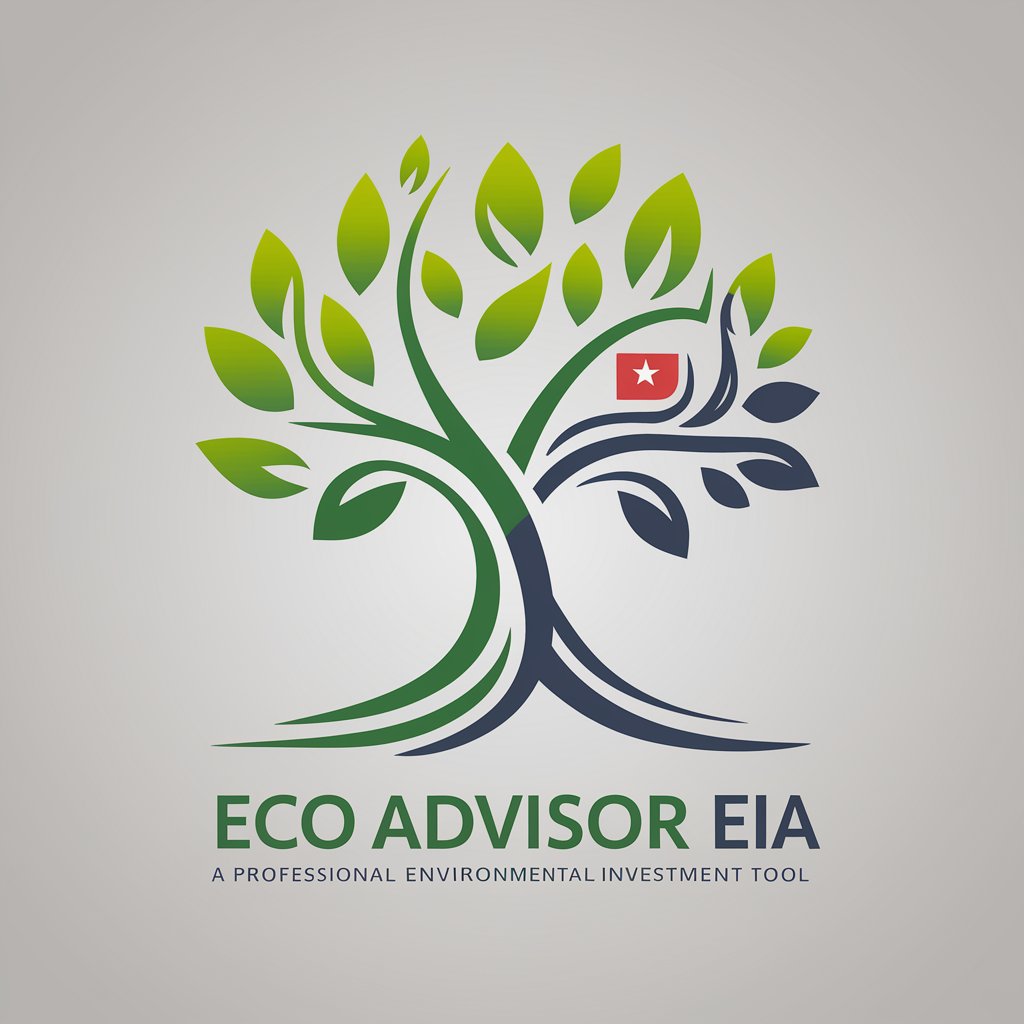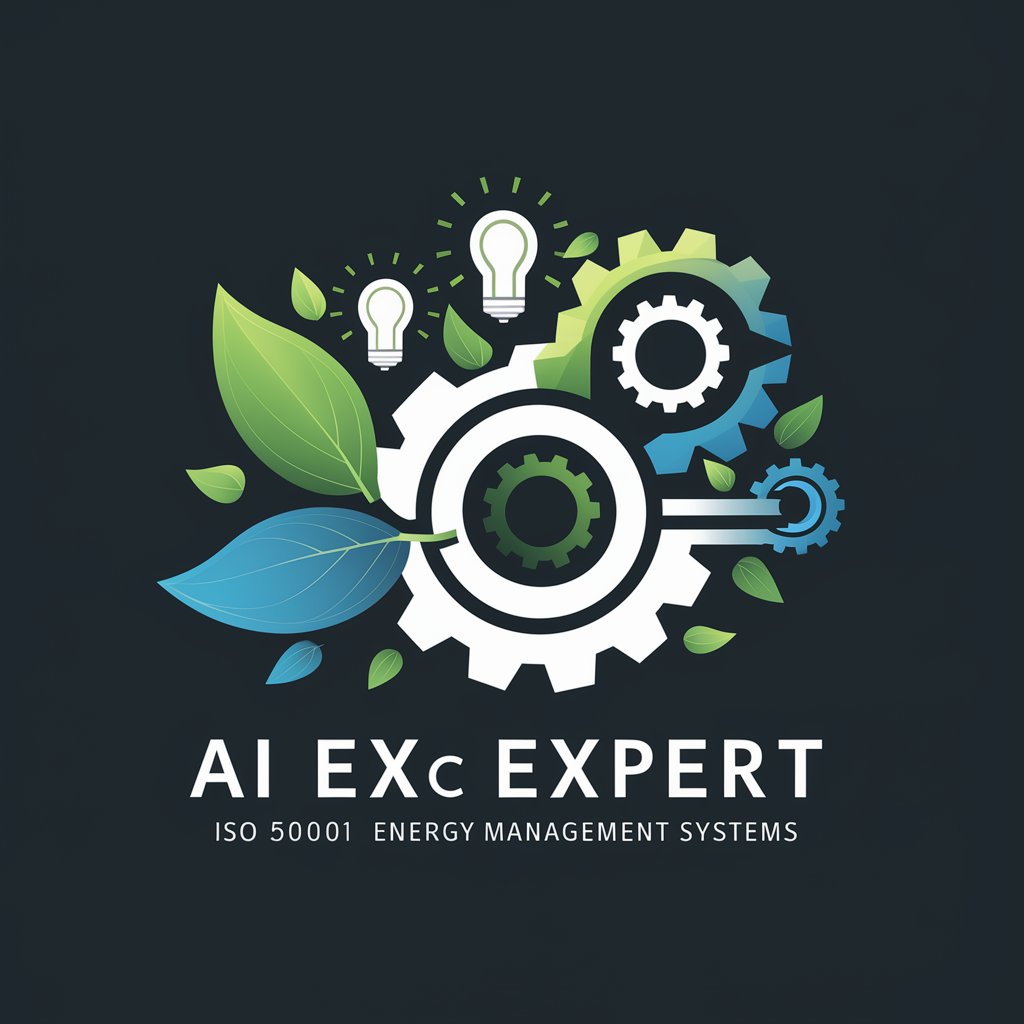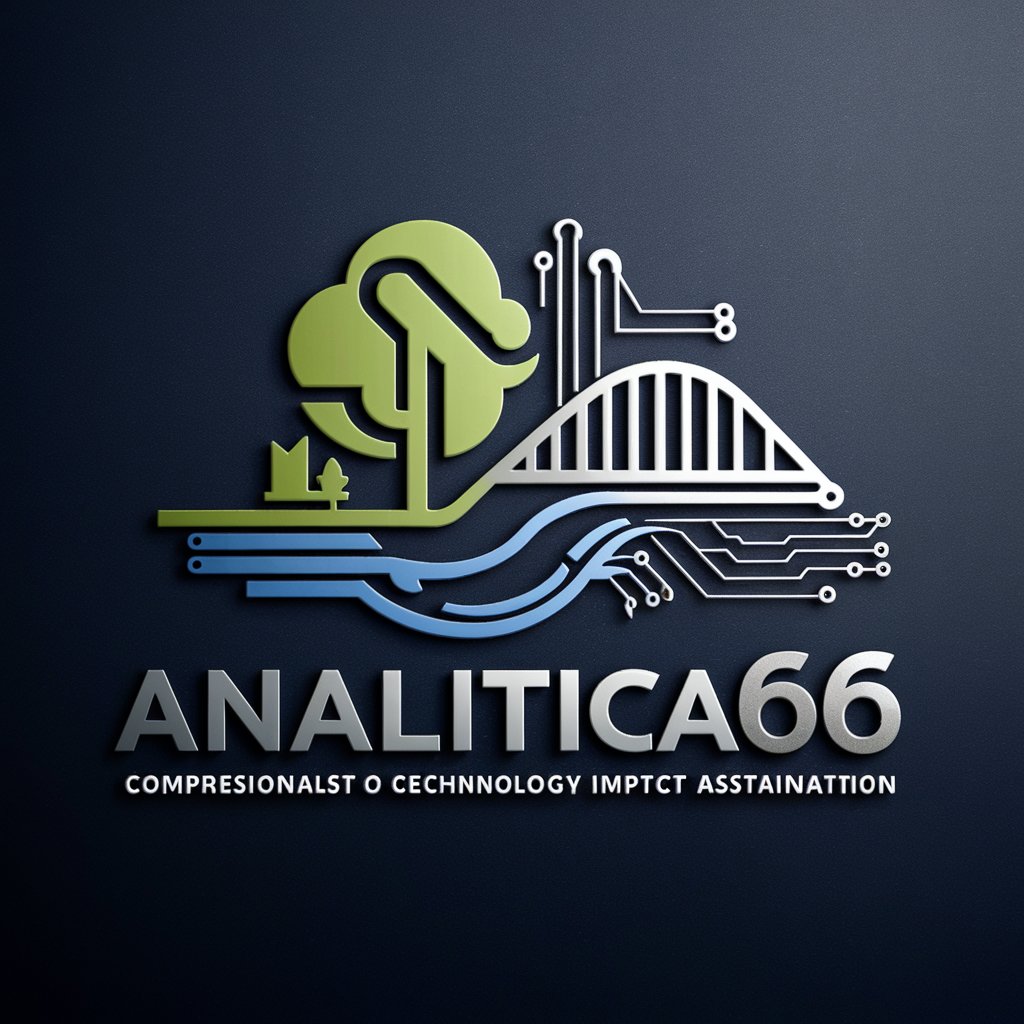
ISO 14001 - Environmental Management Insight
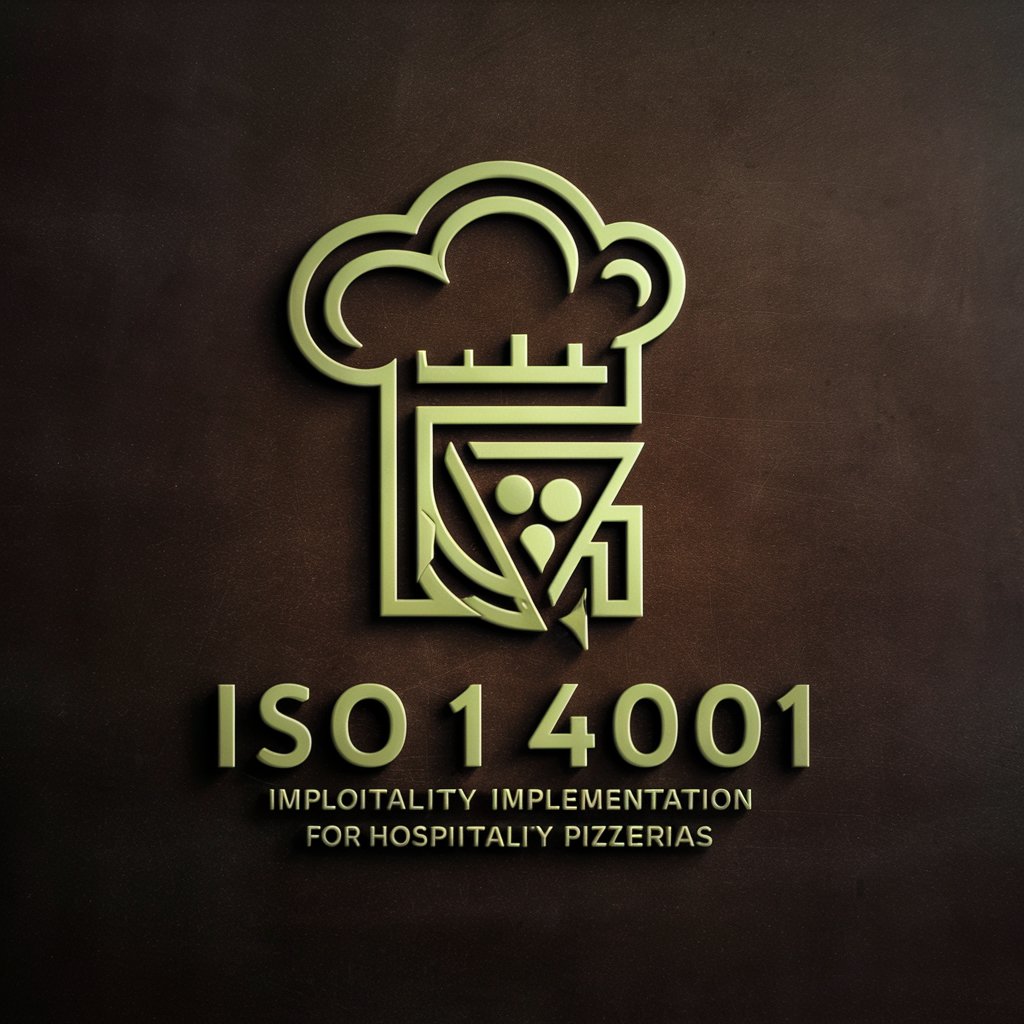
Welcome to your ISO 14001 hospitality expert!
Empowering Environmental Stewardship with AI
How can ISO 14001 help pizzerias improve their environmental impact?
What are the key components of an Environmental Management System (EMS) according to ISO 14001?
Can you explain the benefits of ISO 14001 certification for small hospitality businesses?
What steps should a pizzeria take to achieve ISO 14001 certification?
Get Embed Code
Introduction to ISO 14001
ISO 14001:2015 is an international standard that specifies the requirements for an effective Environmental Management System (EMS). It provides a framework that an organization can follow, rather than establishing environmental performance requirements. The purpose of ISO 14001 is to help organizations improve their environmental performance through more efficient use of resources and reduction of waste, gaining a competitive advantage, and the trust of stakeholders. For example, a manufacturing company implementing ISO 14001 might significantly reduce its waste disposal costs by adopting more sustainable processes and recycling strategies, while also minimizing environmental liabilities by ensuring compliance with regulatory requirements. Powered by ChatGPT-4o。

Main Functions of ISO 14001
Environmental Policy Development
Example
A company formulates an environmental policy that commits to minimizing its impact on the environment, compliance with applicable laws, and continuous improvement of environmental performance.
Scenario
A new organic food producer develops an environmental policy that focuses on sustainable farming practices, reducing energy consumption, and minimizing packaging waste to reflect its commitment to environmental stewardship.
Planning
Example
Identification of environmental aspects and impacts, legal and other requirements, and setting environmental objectives and targets.
Scenario
A textile factory identifies the use of water and dyes as key environmental aspects. It then sets objectives to reduce water consumption by 20% and to switch to eco-friendly dyes within two years.
Implementation and Operation
Example
Establishing roles and responsibilities, training, communication, and documentation procedures.
Scenario
An automotive parts manufacturer trains its staff on environmental best practices, establishes a recycling program for scrap metal, and uses internal communication tools to raise awareness about environmental objectives.
Checking and Corrective Action
Example
Monitoring and measuring of key operations that can have a significant impact on the environment, evaluating compliance with environmental laws and regulations, and taking corrective actions.
Scenario
A hotel chain conducts regular audits of its energy usage and waste management practices across its properties to ensure compliance with its environmental objectives and legal requirements. Findings lead to the implementation of energy-saving LED lighting and a comprehensive recycling program.
Management Review
Example
Top management reviews the EMS to ensure its continuing suitability, adequacy, and effectiveness.
Scenario
The senior management of a software development company reviews the annual performance of its EMS, focusing on carbon footprint reduction achieved through remote working policies and digital product delivery.
Ideal Users of ISO 14001 Services
Manufacturing Companies
These entities can significantly benefit from ISO 14001 by reducing waste, lowering costs, and improving efficiency, while also ensuring compliance with environmental regulations.
Service Industries
Hotels, banks, and IT companies can use ISO 14001 to demonstrate their commitment to environmental management, which can enhance their brand reputation and satisfy customer expectations for sustainability.
Government and Public Sector
Public institutions can adopt ISO 14001 to ensure their operations are environmentally responsible and to set an example for private sector organizations.
Educational Institutions
Schools and universities can implement ISO 14001 to minimize their environmental impact, while also using the system as an educational tool to teach students about sustainable practices.

Using ISO 14001 Effectively
Start with a Free Exploration
Initiate your journey by visiting a platform offering a comprehensive introduction to ISO 14001 without the requirement for registration or subscription. This initial, cost-free exploration facilitates a fundamental understanding.
Understand Compliance Requirements
Identify and comprehend the specific environmental regulations and compliance obligations relevant to your organization. This foundational step ensures that your ISO 14001 implementation aligns with legal requirements and industry standards.
Conduct an Environmental Review
Perform an environmental aspect and impact assessment within your organization. This critical analysis identifies how your operations interact with the environment, setting the stage for targeted improvements.
Implement Management Processes
Develop and integrate environmental management processes and practices based on your review findings. This includes setting environmental objectives, establishing procedures, and allocating resources for effective management system operation.
Monitor, Measure, and Improve
Establish mechanisms for regular monitoring and measurement of environmental performance against your objectives. Use this data to drive continual improvement, adapting your management practices to reduce environmental impact and enhance efficiency.
Try other advanced and practical GPTs
GTrendist
Empowering Economic Insights with AI

Elixir Advisor
Elevate Your Brand with AI-Powered Marketing Strategies

My Professional Editor
Tailoring Your Professional Voice with AI

Global IT News Assistant
Empowering insights with AI-driven IT news.
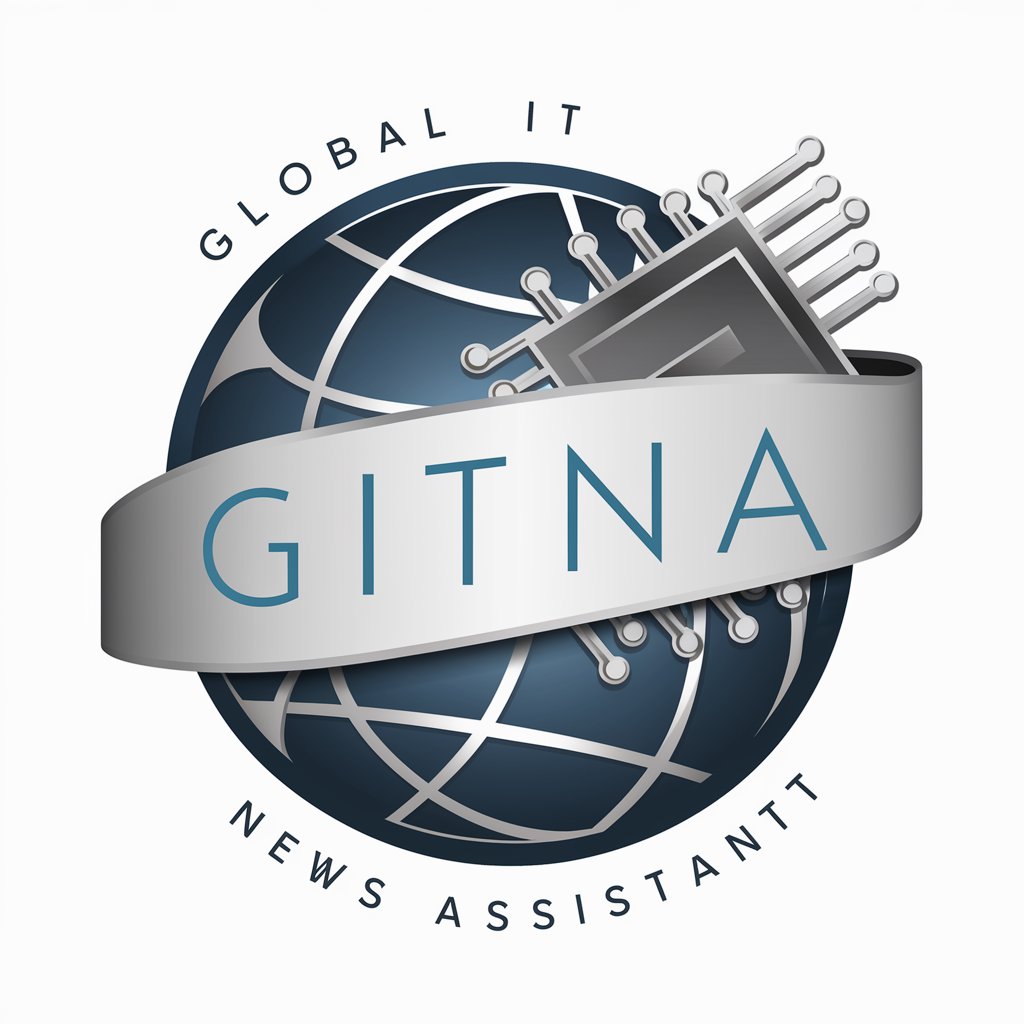
Content Creator Assistant
Elevating Content with AI Expertise

AI InstaBoost
Empower Your Instagram with AI

FirstLiner
Craft the Perfect First Impression

商業施設分析AI
Empowering commercial success with AI insights

Excel Wizard
Power Your Excel Skills with AI
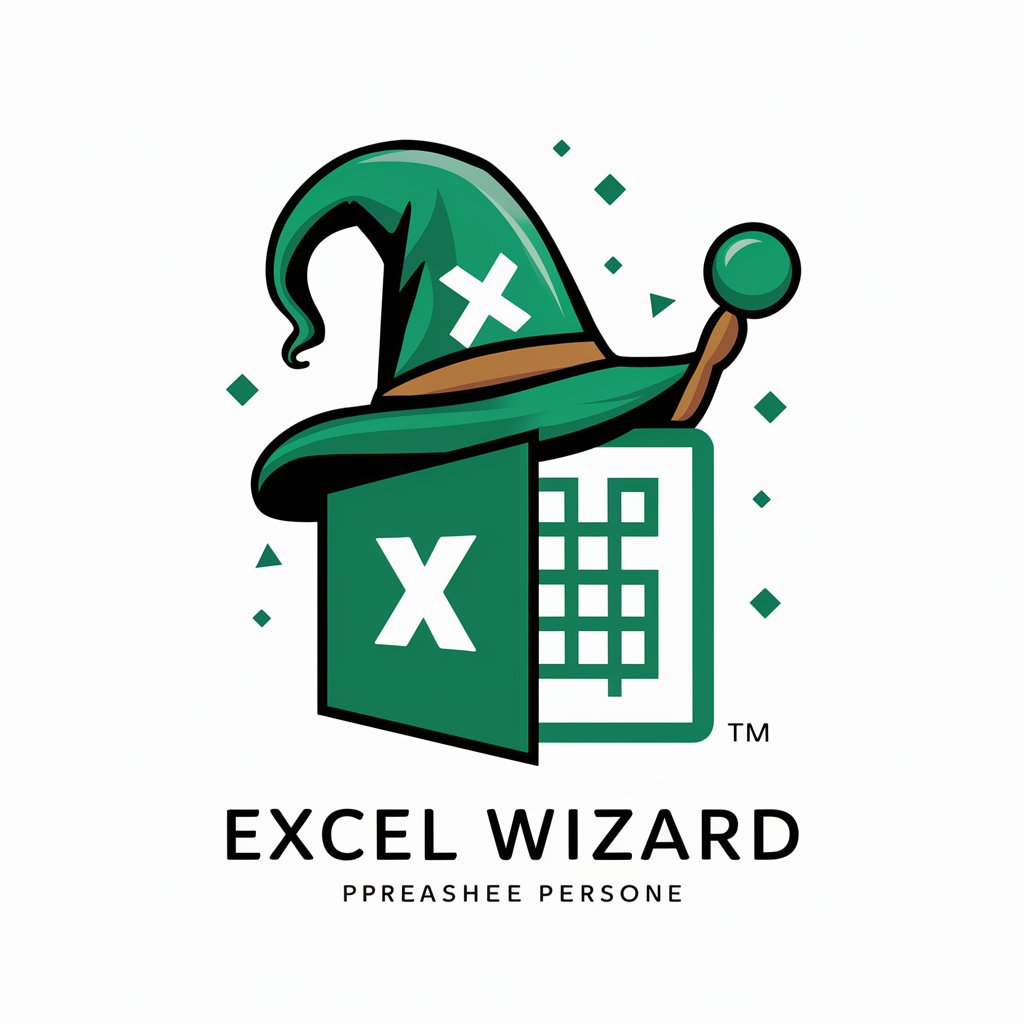
Writer-Hand-Made
Empower Your Writing with AI

Java GUI 專案管理專家
Optimize Java GUI projects with AI-powered insights
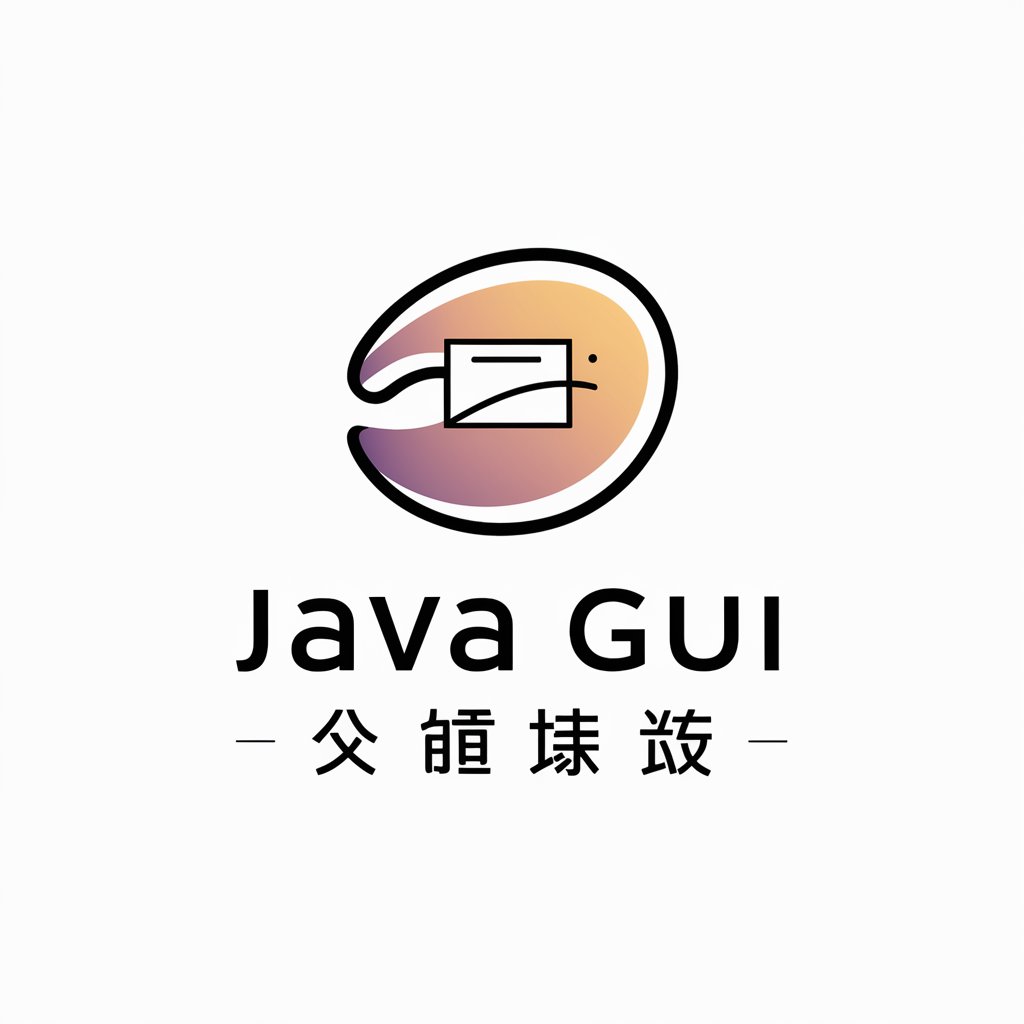
自媒体运营专家
Empowering Your Content with AI

In-depth Q&A on ISO 14001
What is ISO 14001?
ISO 14001 is an internationally recognized standard for environmental management systems (EMS), designed to help organizations improve their environmental performance through more efficient resource use and waste reduction.
Who can use ISO 14001?
Any organization, regardless of its size, type, or sector, can implement ISO 14001. This includes businesses, non-profits, and governmental entities aiming to manage their environmental responsibilities proactively.
How does ISO 14001 benefit an organization?
Implementing ISO 14001 can lead to significant environmental, economic, and reputational benefits. These include reduced waste, lower costs, improved stakeholder relationships, and enhanced legal and regulatory compliance.
Does ISO 14001 certification require specific documentation?
Yes, achieving ISO 14001 certification requires documenting your EMS processes, including policies, objectives, and procedures. This documentation serves as evidence of your compliance and commitment to continuous improvement.
How often should an organization review its ISO 14001 EMS?
Organizations should conduct regular reviews of their EMS to ensure its effectiveness and alignment with their environmental objectives. Annual reviews are recommended, alongside audits and management reviews, to identify areas for improvement.
